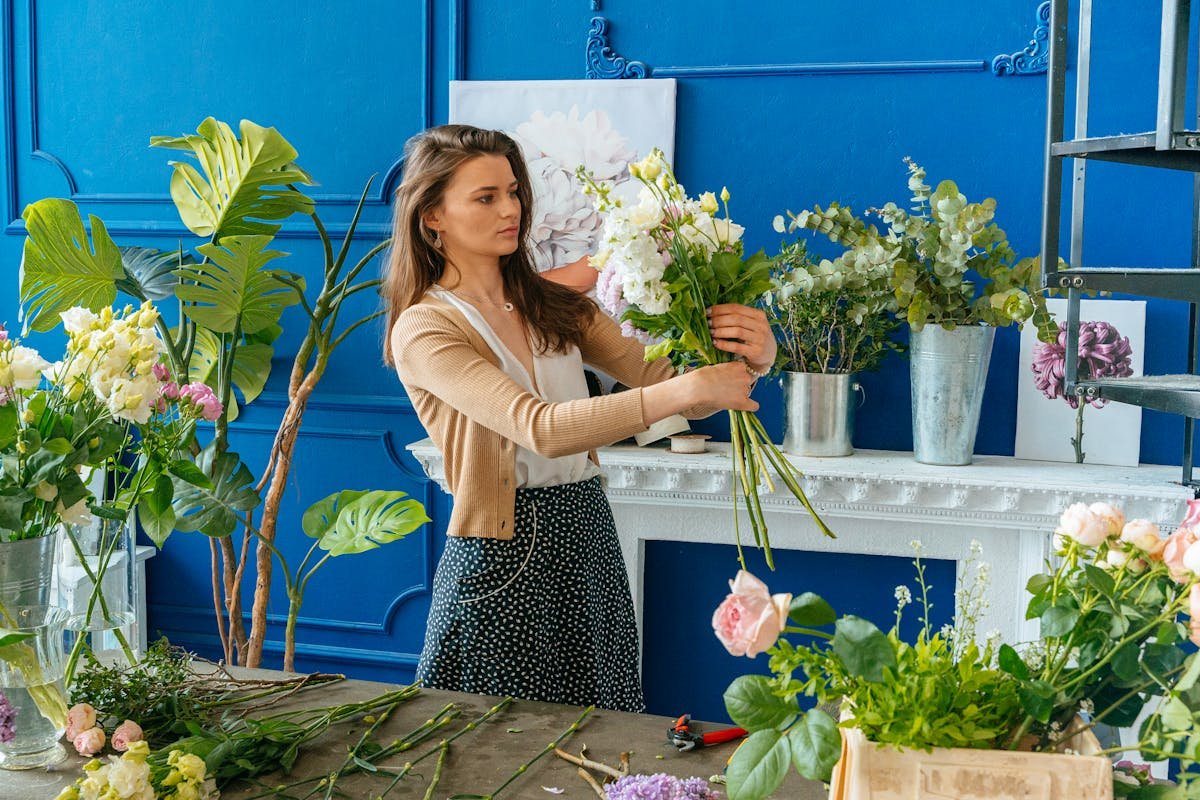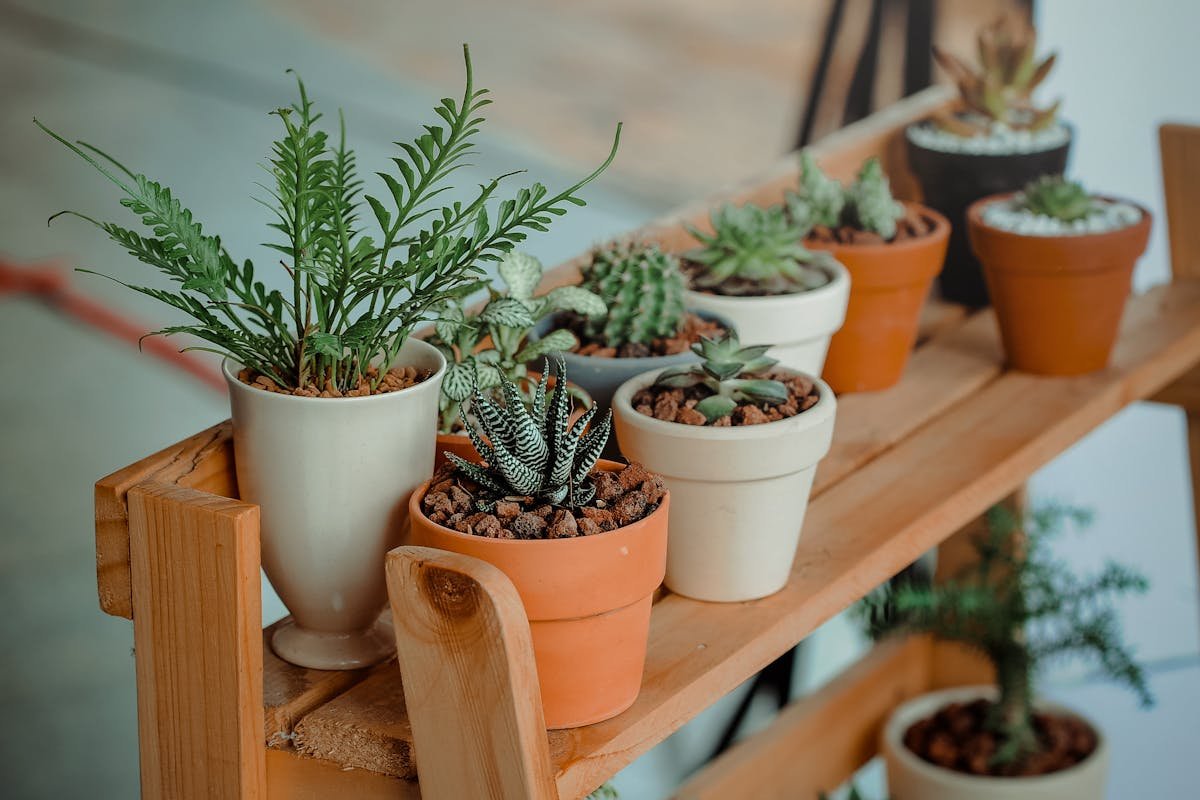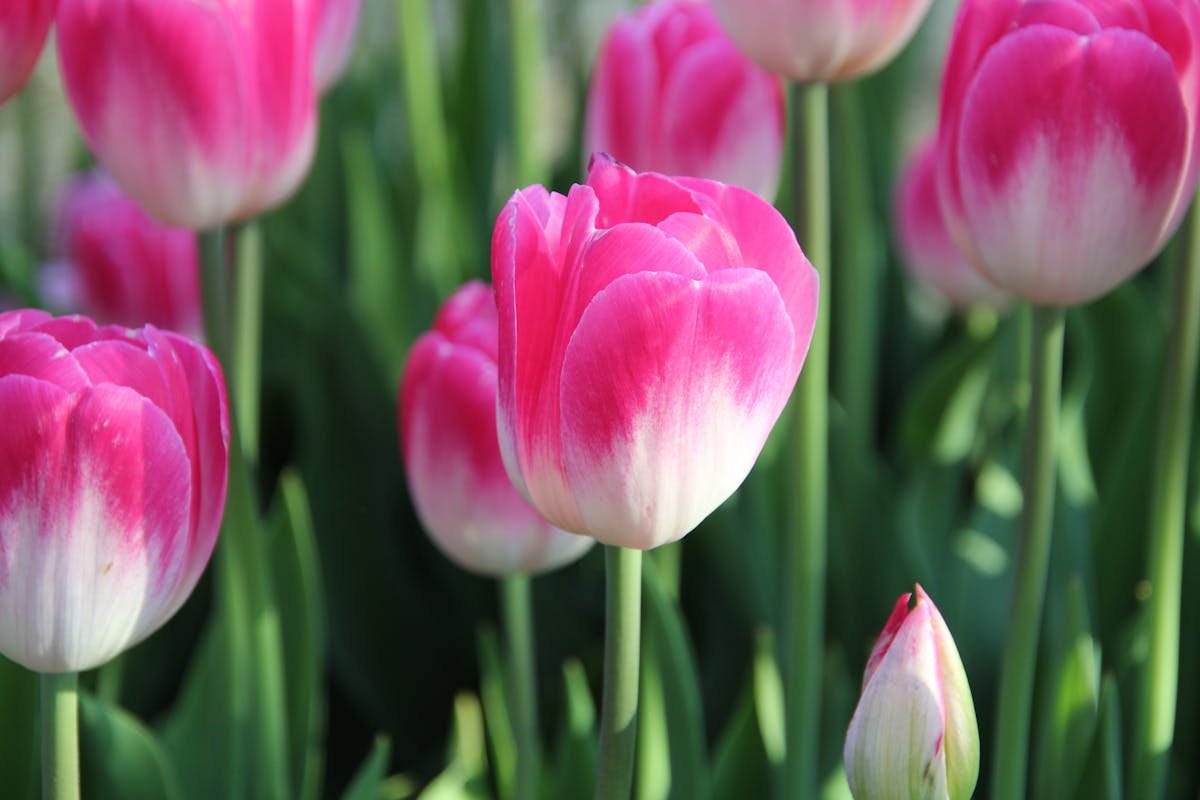The secret to making the “Princess’s Earring bloom for longer is to know the needs of this delicate and charming plant. Its hanging blooms, which resemble little bells or sophisticated earrings, look well in warm temperatures and look great in hanging pots, planters, and corners. However, what are some ways to prolong this beauty?
Continue reading to learn the vital maintenance, cultivation recommendations, and advice for a long-lasting and colorful bloom if you want to maximize the flowers of this romantic plant.
What is the Princess Earring?
The princess earring, scientifically known as Fuchsia hybrida, is a plant that grows naturally in cooler climates. such as the mountains of South America. It is prized for its exquisite blossoms, which blend hues of red, pink, purple, and white.
Why is the Princess Earring so enchanting?
In addition to the unique shape of the flowers, the princess earring offers:
- Vibrant colors and striking combinations.
- A romantic look, perfect for delicate decorations.
- Attractiveness to hummingbirds, which help with pollination.
- Generous flowering during the right period.
But to keep all this going for longer, some care makes all the difference.
1. Pick the ideal location with just the right quantity of light.

The princess earring likes light, but does not tolerate direct sunlight during the hottest hours of the day.
Where does he do best?
- Environments with morning sun or filtered light.
- Covered porches, overhangs and areas with partial shade.
- Well-ventilated places, but without strong winds.
A common mistake is to place it in places with intense sunlight, which burns the leaves and reduces flowering.
2. Keep the soil moist (but never soggy)
This plant likes slightly moist soil. The secret is balance: neither too dry nor too wet.
How to water correctly?
- Check the soil with your finger: if it is dry on the surface, water.
- Avoid wetting the flowers directly.
In summer, watering can be done daily. In winter, reduce the frequency.
3. The right fertilization for long-lasting flowers

For a generous and prolonged flowering, the princess earring needs balanced nutrients.
Which fertilizer to use?
- Fertilizer rich in phosphorus
- During winter, suspend fertilization.
This nutrient replacement keeps the plant strong and flowering for much longer.
4. Prune regularly to encourage new growth
Pruning the princess earring is essential for it to continue flowering and have a beautiful shape.
How to prune correctly?
- Remove dried flowers and weak branches frequently.
- After the main flowering, lightly prune the branches.
- This stimulates the emergence of new flower buds.
Pruning the plant on a regular basis maintains its productivity, balance, and compactness.
5. Avoid sudden changes in environment
This plant is sensitive to changes in temperature and position.
What can harm flowering?
- Change the location of the vase frequently.
- Take it from the shade straight into the sun.
- Cold drafts or direct air conditioning.
Bonus: Replant with care
If you need to repot, do so in late winter or early spring.
Tip:
- Use new substrate and add organic matter.
- Avoid touching the roots too much.
- Water sparingly for the first few days.
Replanting at the right time avoids losses in the following flowering.
Final Considerations
The secret to making the “Princess’s Earring bloom for longer is a combination of adequate light, moist soil, the right nutrients, and regular pruning. You will enjoy a gorgeous, healthy, and blooming plant for many months with this easy maintenance.
Perfect for people who want their balcony or garden to constantly be colorful and charming and who are searching for a romantic touch in their décor.
Frequently Asked Questions (FAQs)
1. Does the Princess Earring like direct sunlight?
No. It prefers indirect light or light sunlight in the early morning.
2. Can you grow it in a hanging pot?
Yes! It’s the best way to enhance the shape of hanging flowers.
3. When does the plant bloom most?
In spring and summer, with the right care.
4. Can it be planted directly in the ground?
Yes, it can, as long as the location has good drainage and partial shade.
5. Do hummingbirds like this plant?
They adore it! The nectar from the blossoms is abundant.
6. Is it a beginner-friendly plant?
Yes, as long as its shade and humidity needs are respected.

